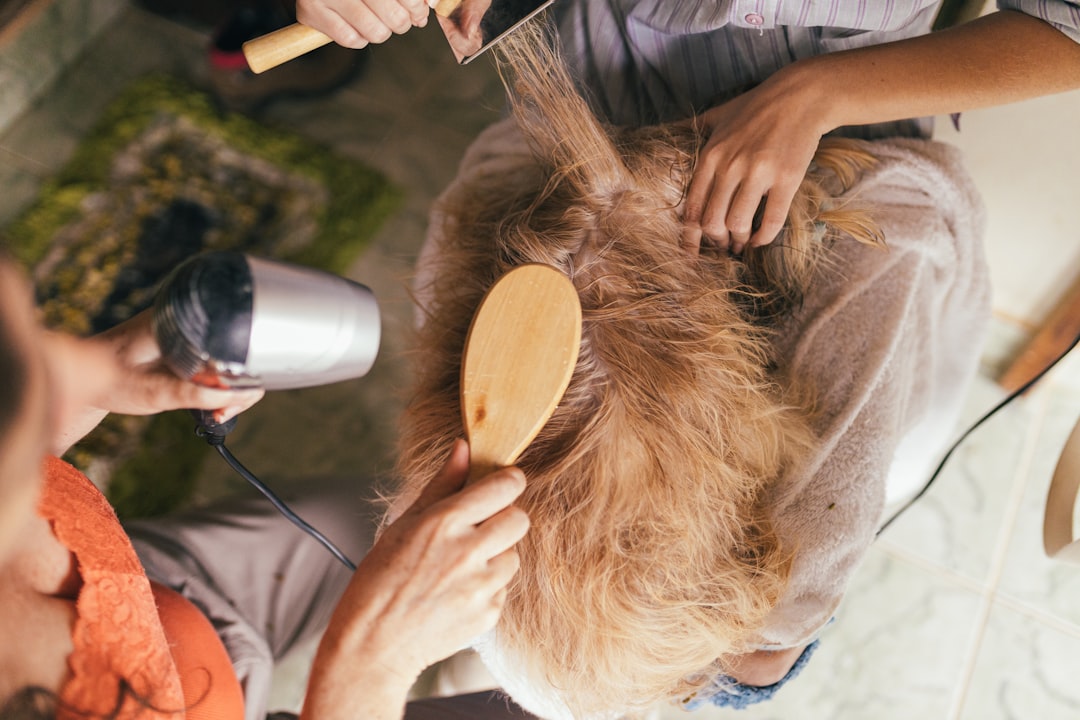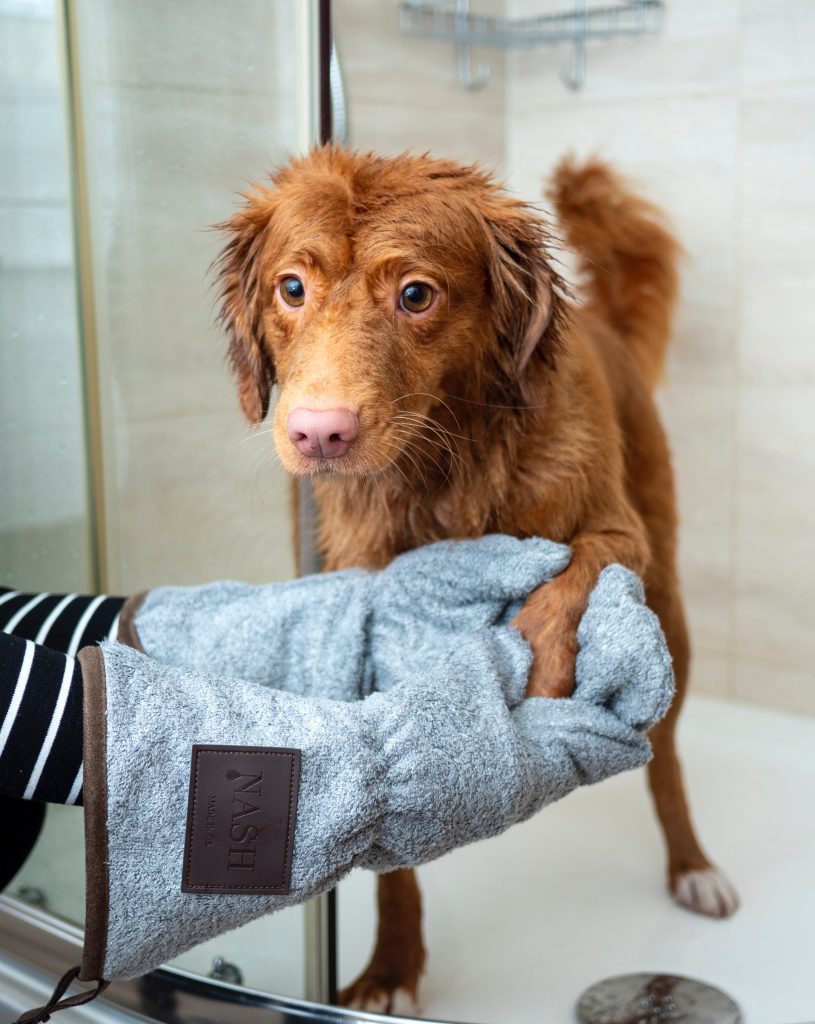Learn how to maintain your dogs coat with brushing, trimming, and de-shedding techniques, including tips for controlling shedding, tools for different coat types, proper use of deshedding tools, and best practices for introducing grooming to your dog.

Importance of Maintaining Your Dog’s Coat
Maintaining your dog’s coat is crucial for their overall health and well-being. Shedding is a natural process for dogs to get rid of old and damaged hair, and it varies depending on factors such as breed, weather, diet, and allergies. For example, double-coated breeds like the Siberian Husky shed more heavily during shedding seasons, while some breeds may shed consistently throughout the year due to their genetic makeup. By understanding these factors, you can tailor your grooming routine to suit your dog’s specific needs, ultimately minimizing excessive shedding and maintaining a healthy coat.
Furthermore, regular grooming is beneficial not only for controlling shedding but also for strengthening the bond between you and your dog. When you groom your dog, you are not only tending to their physical appearance but also spending quality time together. This interaction can be a calming and reassuring experience for your dog, fostering trust and a sense of security. It’s a chance for you to inspect your dog’s coat and skin for any irregularities, such as lumps, sores, or signs of parasites. Additionally, the act of grooming can provide mental stimulation for your dog, especially if you introduce it as a positive and rewarding experience from an early age. Overall, maintaining your dog’s coat through regular grooming is a multifaceted practice that supports their physical health, strengthens your bond, and contributes to their overall well-being.
Grooming Techniques for Controlling Shedding
Maintaining your dog’s coat is crucial in controlling shedding and ensuring your dog’s overall health. The frequency of grooming your shedding dog to control the shedding depends on various factors such as breed, weather, diet, and allergies. For example, dogs that are prone to shedding due to their breed may require more frequent grooming sessions compared to breeds that shed less. Moreover, during shedding seasons or in warmer climates, more regular grooming may be necessary to manage the shedding effectively. It’s important to recognize excessive shedding and seek veterinary advice if necessary, as it could be a sign of an underlying health issue.
When it comes to grooming techniques, the Minimize Shedding Method is a comprehensive approach that can significantly reduce shedding. This method involves brushing, bathing, blow-drying, and using clippers. For instance, regular brushing helps remove loose and dead hair, preventing it from ending up on your furniture and clothes. Bathing can also help in shedding control by keeping your dog’s skin and coat clean and healthy. Additionally, using clippers to trim the coat can minimize excessive shedding, especially in double-coated breeds. It’s crucial to use the right grooming tools and follow the correct techniques to ensure the effectiveness of the Minimize Shedding Method. For long-haired dogs, the Never Clip Method is recommended to maintain the natural protection and insulation of their coats. This method involves being cautious about bathing frequency and the use of specific tools suitable for long-haired breeds [1].
Regular grooming not only helps in controlling shedding but also serves as an opportunity to bond with your dog. It allows you to spend quality time with your pet, strengthening your relationship and trust. Additionally, grooming your dog regularly enables you to monitor their overall health, noticing any changes in their skin, coat, or body that may require attention. Therefore, grooming is not only about maintaining your dog’s appearance but also about ensuring their well-being and building a strong connection with them.
 Tools and Techniques for Different Coat Types
Tools and Techniques for Different Coat Types
When it comes to maintaining your dog’s coat, it’s essential to have the right grooming tools for different coat types. For smooth-coated breeds such as Beagles or Dachshunds, using rubber curry-style brushes, grooming mitts, and bristle brushes are highly effective in removing loose hair and distributing natural oils to keep the coat healthy and shiny. These tools are gentle on the skin and help in stimulating blood circulation, promoting overall skin health and coat condition.
On the other hand, single-layer breeds like Greyhounds or Chihuahuas require tools like metal combs, slicker brushes, and pin brushes. These tools are designed to effectively remove loose hair without causing any damage to the skin or coat. Metal combs are particularly useful for detangling mats and removing debris from the coat, while slicker and pin brushes help in removing loose hair and distributing natural oils, ultimately promoting a healthy coat.
For double-coated breeds such as Huskies or Golden Retrievers, specialized tools like Furminators, slicker brushes, grooming mitts, and the line brushing technique are essential. The Furminator deshedding tool is particularly effective in removing loose undercoat hair without damaging the topcoat. The line brushing technique involves parting the coat and brushing in sections, ensuring that the undercoat is thoroughly brushed out. Additionally, a blow-out technique using a high-velocity grooming blow dryer can be used for double-coated breeds to remove loose undercoat hair, dirt, and debris effectively.
Regardless of the coat type, Furbliss brushes are highly recommended as they are versatile and suitable for all coat types. These brushes not only help in removing loose hair but can also be used to massage the skin, distribute natural oils, and remove dog hair from furniture and other surfaces, making them an invaluable tool for maintaining your dog’s coat and keeping your home clean [3].
Proper Use of Deshedding Tools
When it comes to using deshedding tools like the Furminator, it’s essential to understand the proper techniques to avoid any potential damage to your dog’s coat. While the Furminator is a popular choice among pet owners for managing shedding, some people have raised concerns about its potential to damage the coat if not used correctly. To address this, it’s important to familiarize yourself with the correct method of using the tool to ensure that it is safe and effective for your dog’s coat.
One key aspect of using deshedding tools is to follow the guidelines provided by the manufacturer. This includes using the tool with the appropriate pressure and in the direction of hair growth. Additionally, it’s important to be mindful of how frequently the deshedding tool is used, as excessive or aggressive deshedding can lead to skin irritation and coat damage. Seeking guidance from a professional groomer can provide valuable insights into the correct usage of deshedding tools, ensuring that you maintain your dog’s coat without causing any harm. By learning the proper techniques and being cautious with the frequency of use, you can harness the benefits of deshedding tools while safeguarding your dog’s coat health.
Remember, the goal of using deshedding tools is to manage shedding effectively without compromising the integrity of your dog’s coat. When used correctly, these tools can be instrumental in minimizing loose hair and maintaining a healthy coat. By being attentive to the proper usage and seeking advice from grooming professionals, you can ensure that the Furminator or any deshedding tool becomes a valuable asset in your grooming routine, contributing to the overall well-being of your furry companion.

Best Practices for Introducing Grooming to Your Dog
When introducing grooming tools to your dog, it’s crucial to approach the process with patience and positive reinforcement. This is particularly important for young puppies who are being exposed to grooming for the first time. Start by familiarizing your dog with the grooming tools in a non-threatening and gentle manner. Allow them to sniff and investigate the tools before gradually introducing them to the brushing or trimming process. Offering treats and praise during grooming sessions can help create a positive association with the tools and the grooming experience.
The grooming frequency varies for different breeds and coat types. For example, breeds with long or double coats may require more frequent grooming sessions to prevent matting and tangles, while short-haired breeds may need less frequent grooming. Additionally, specific times such as after swimming, getting wet, before and after a bath, and during shedding season are crucial for grooming. These are the times when your dog’s coat requires special attention to maintain its health and appearance. Therefore, understanding the specific needs of your dog’s coat type and implementing a grooming schedule accordingly can contribute to a positive grooming experience and a healthy coat.
